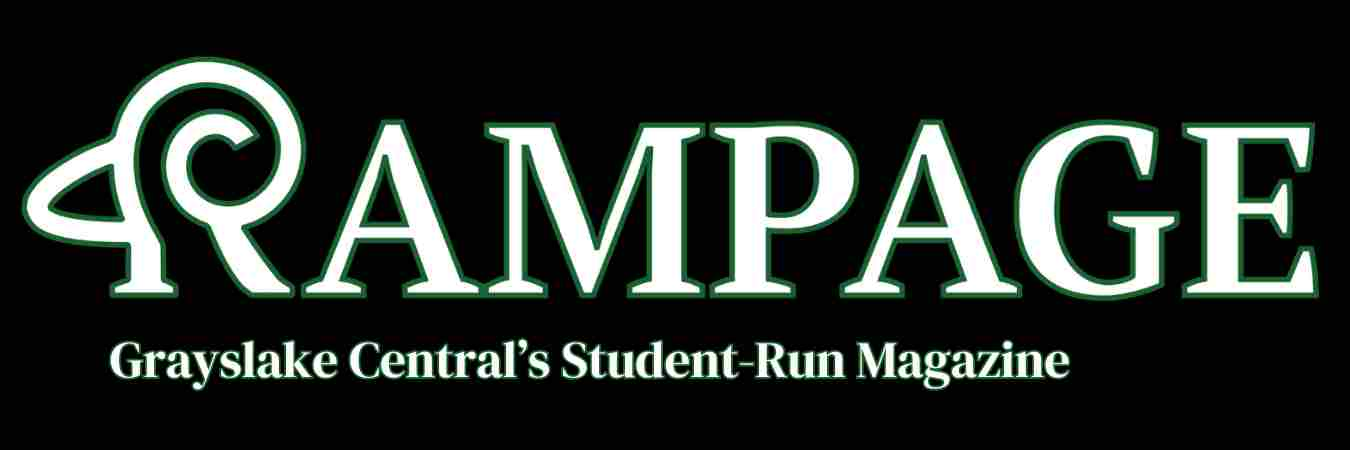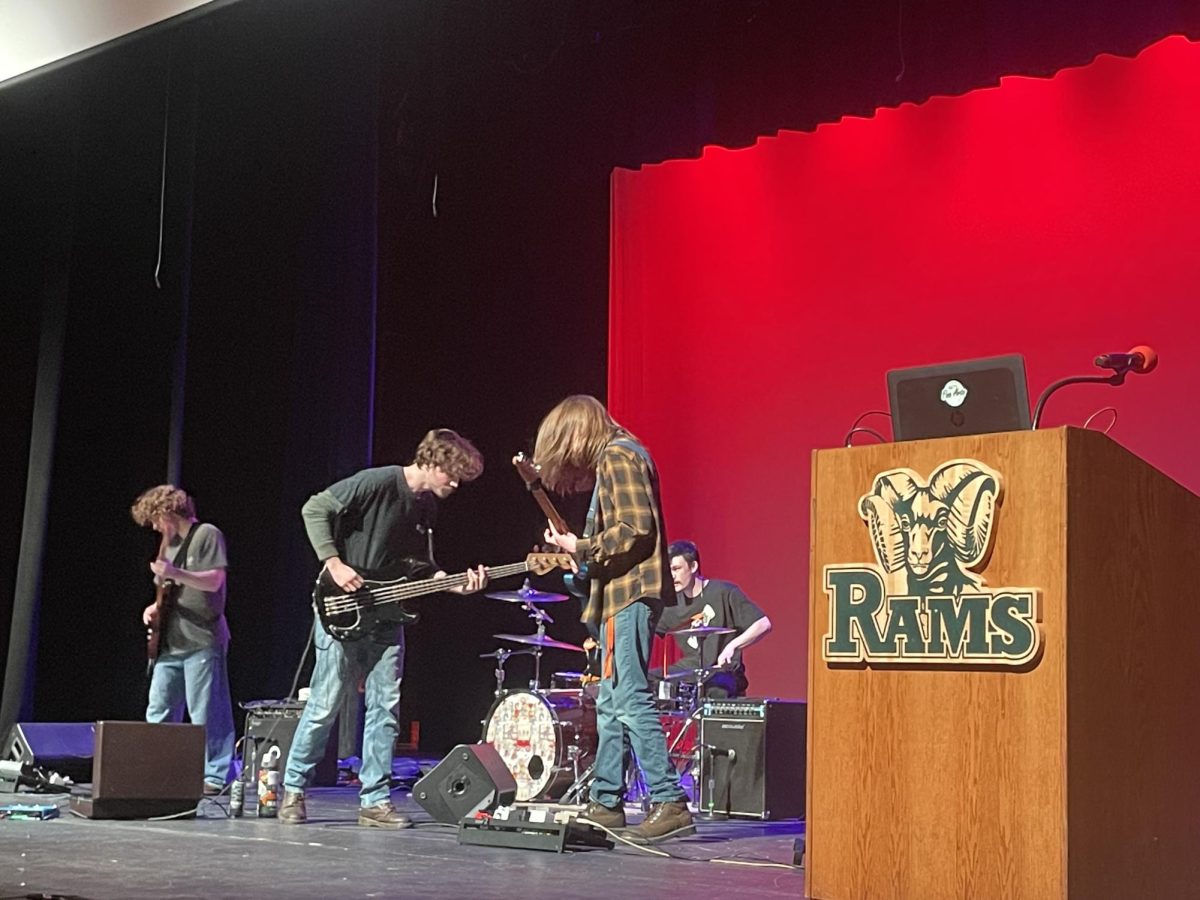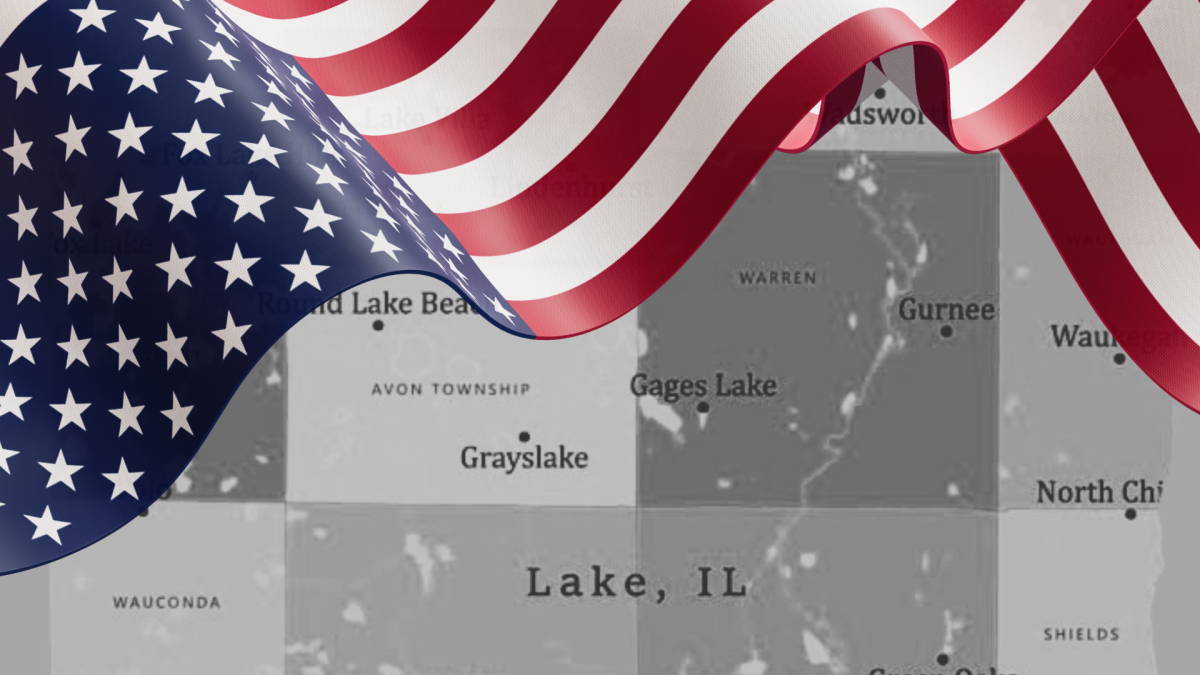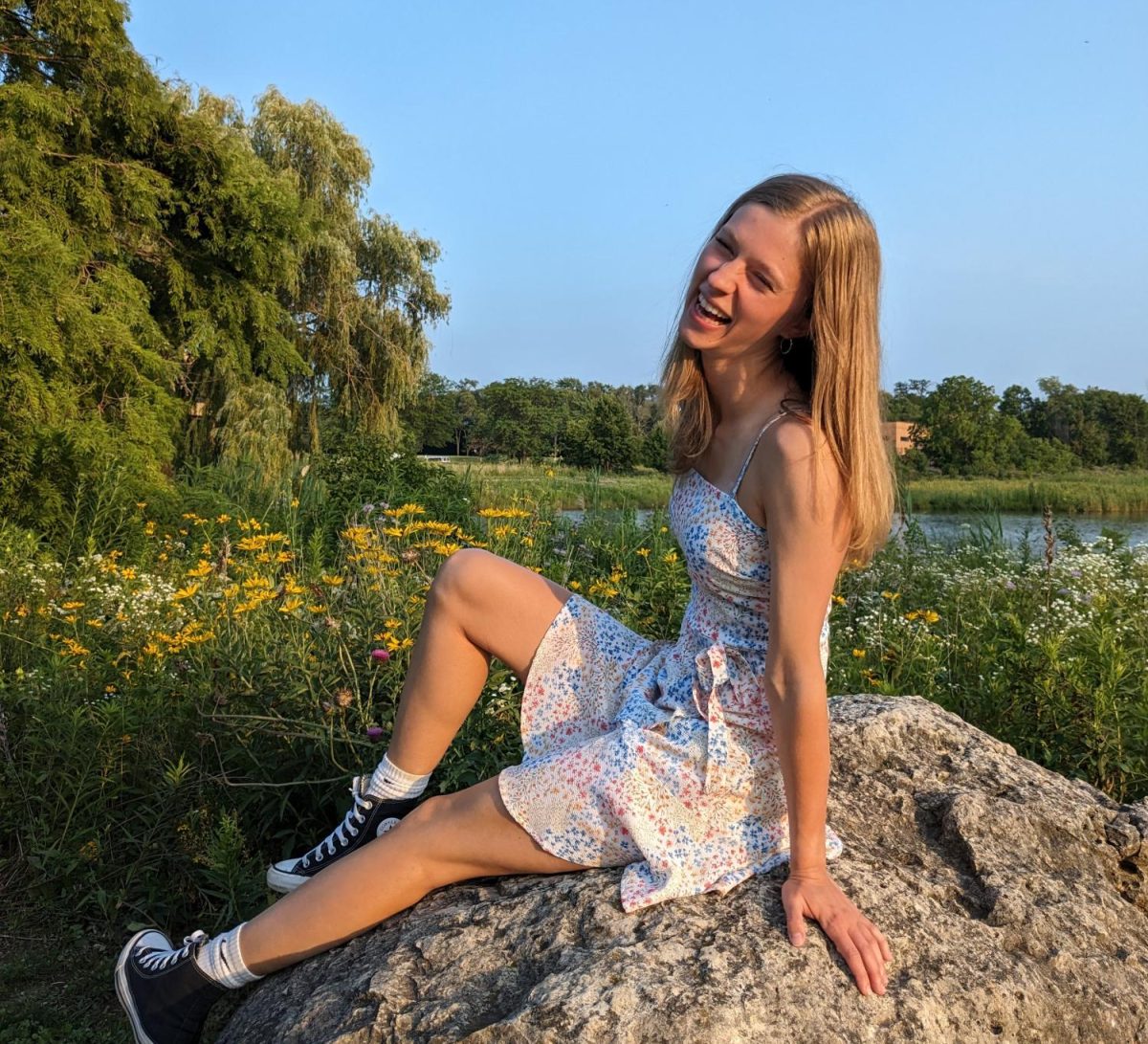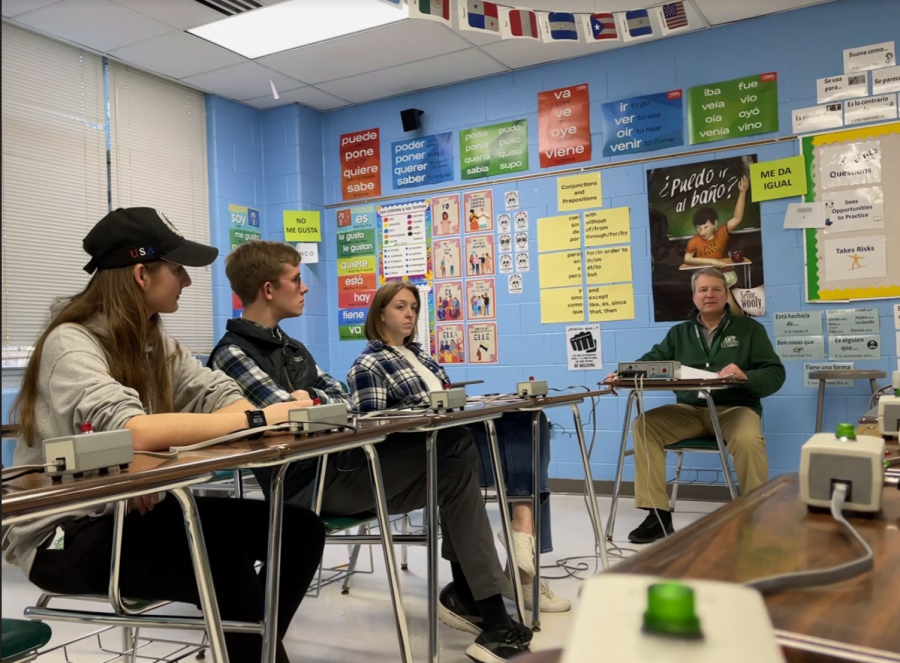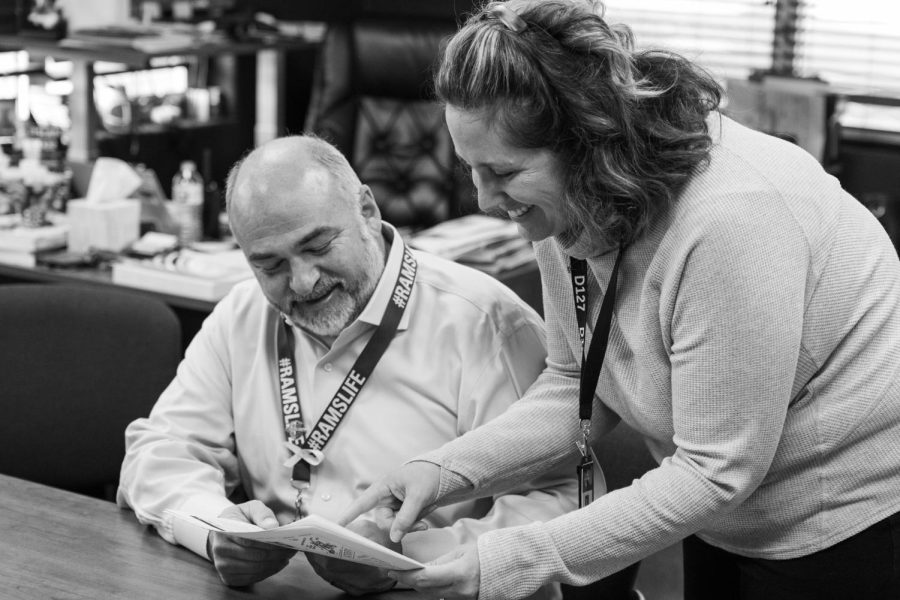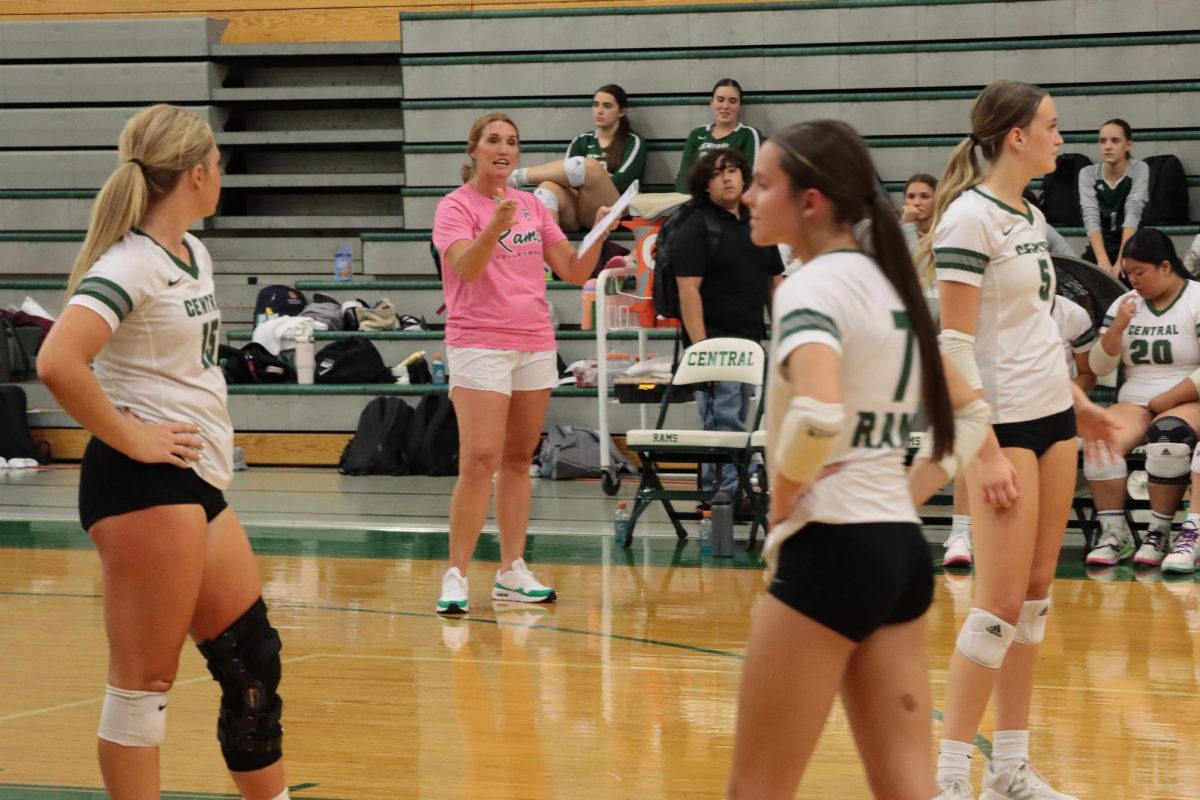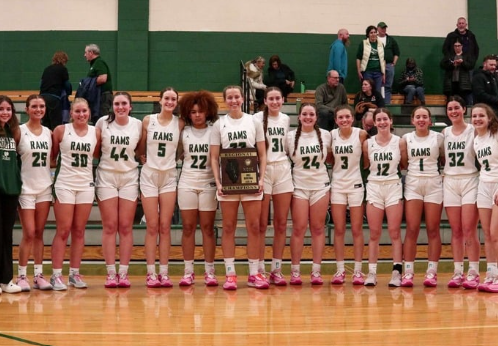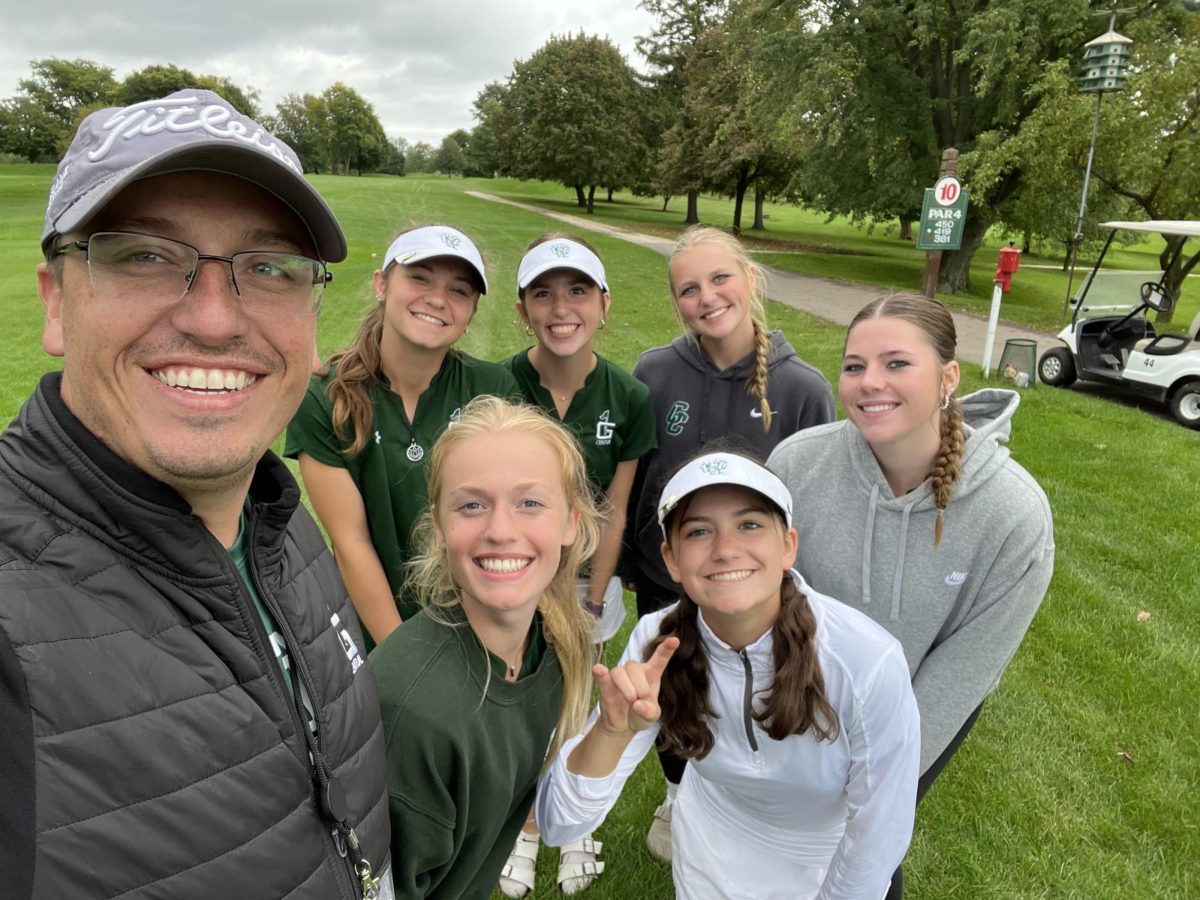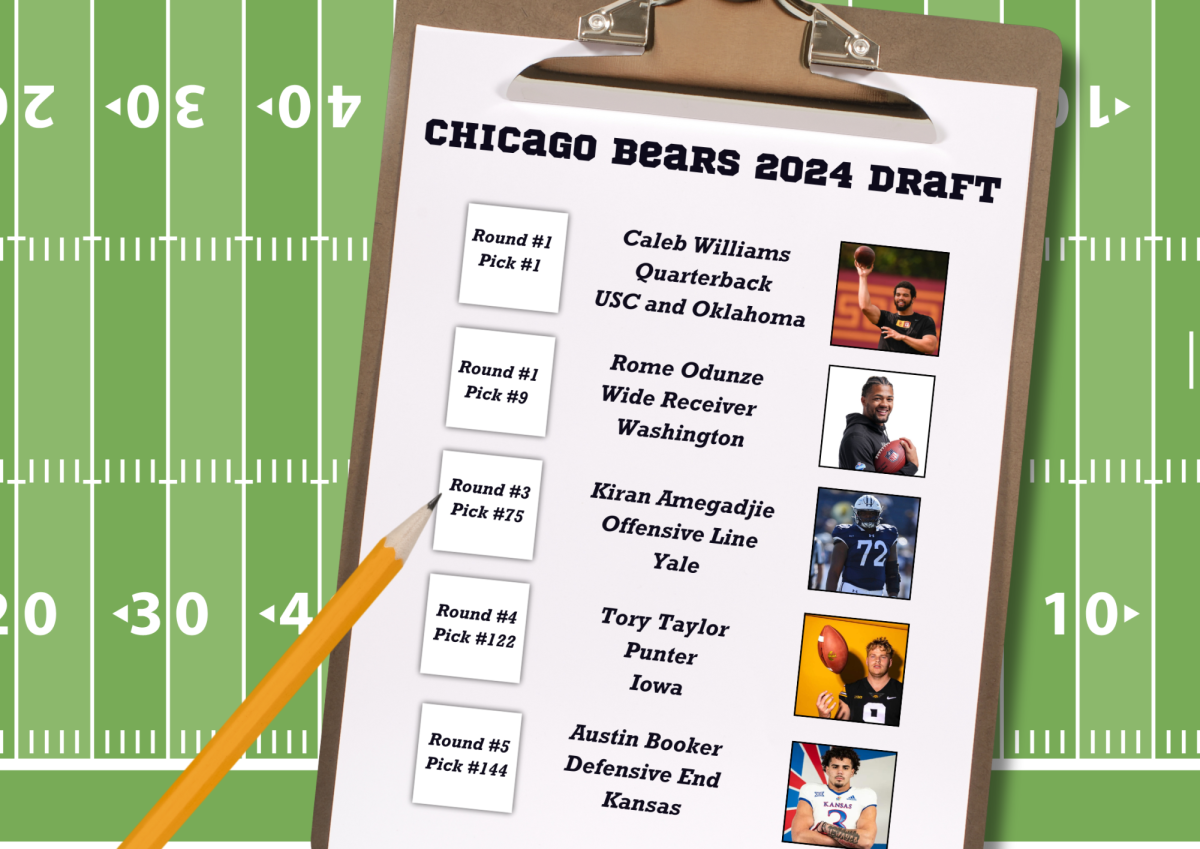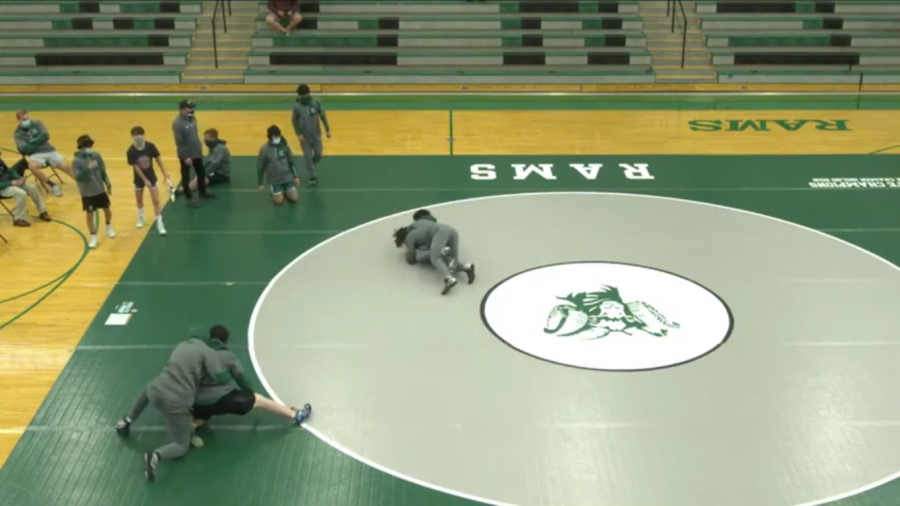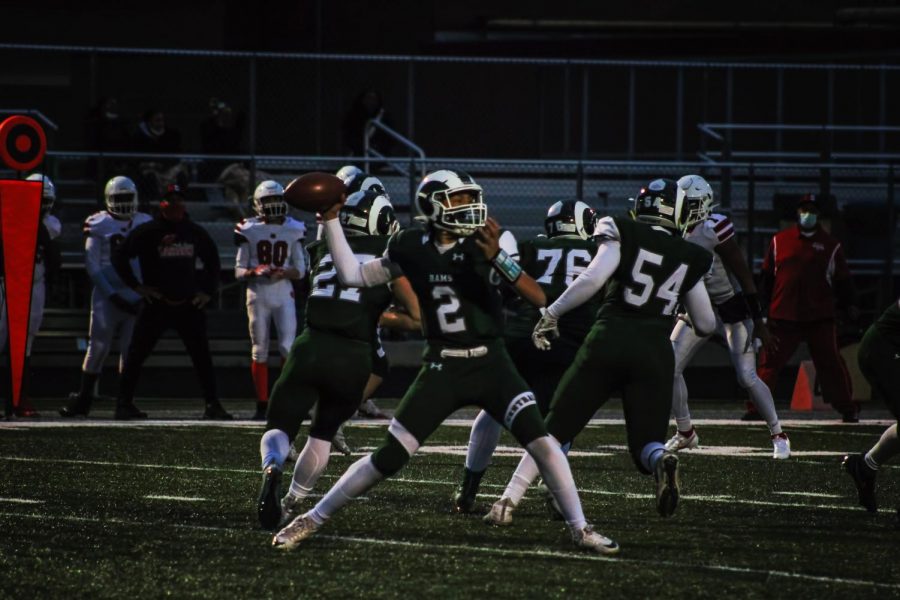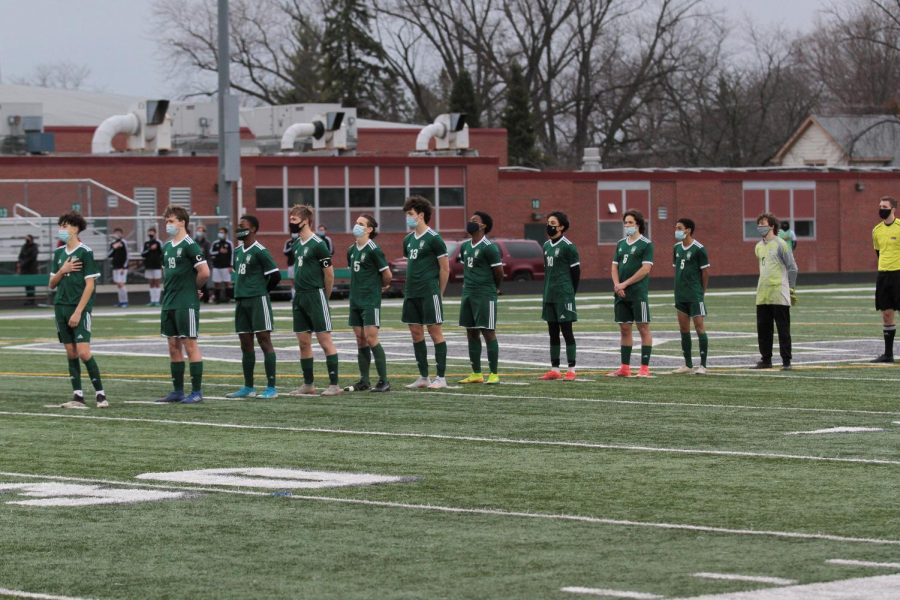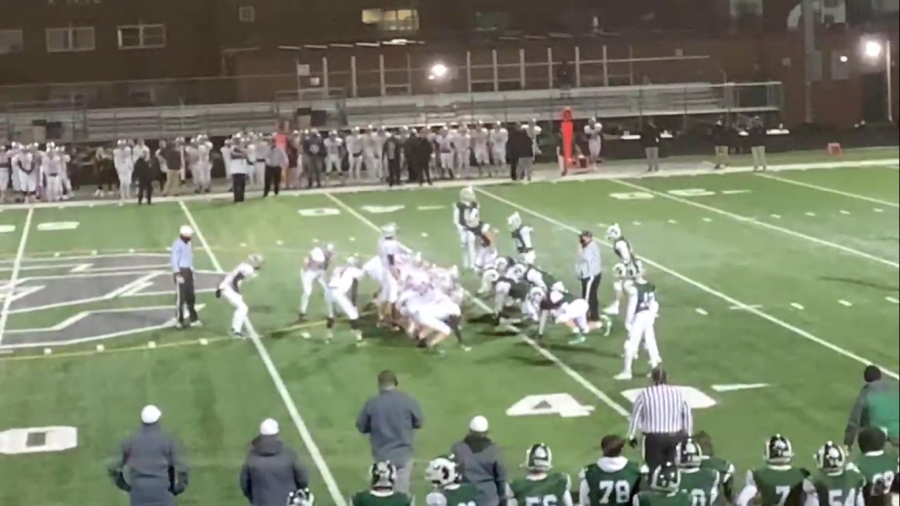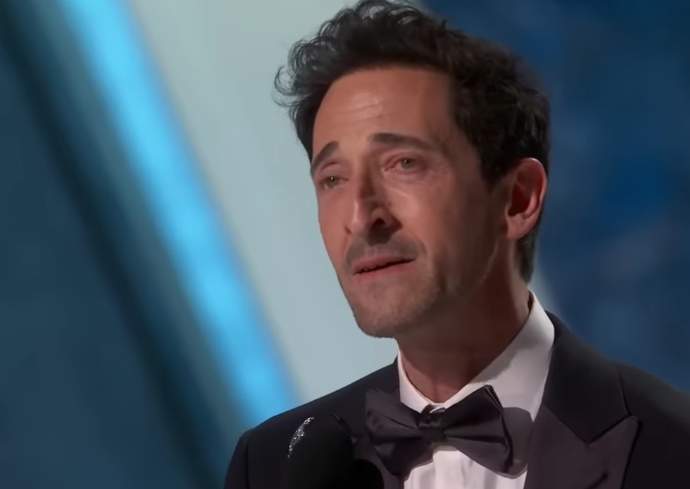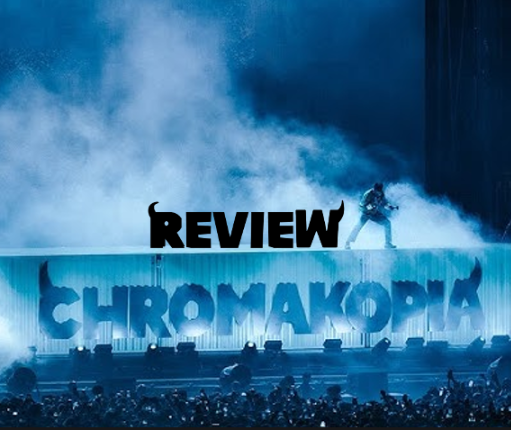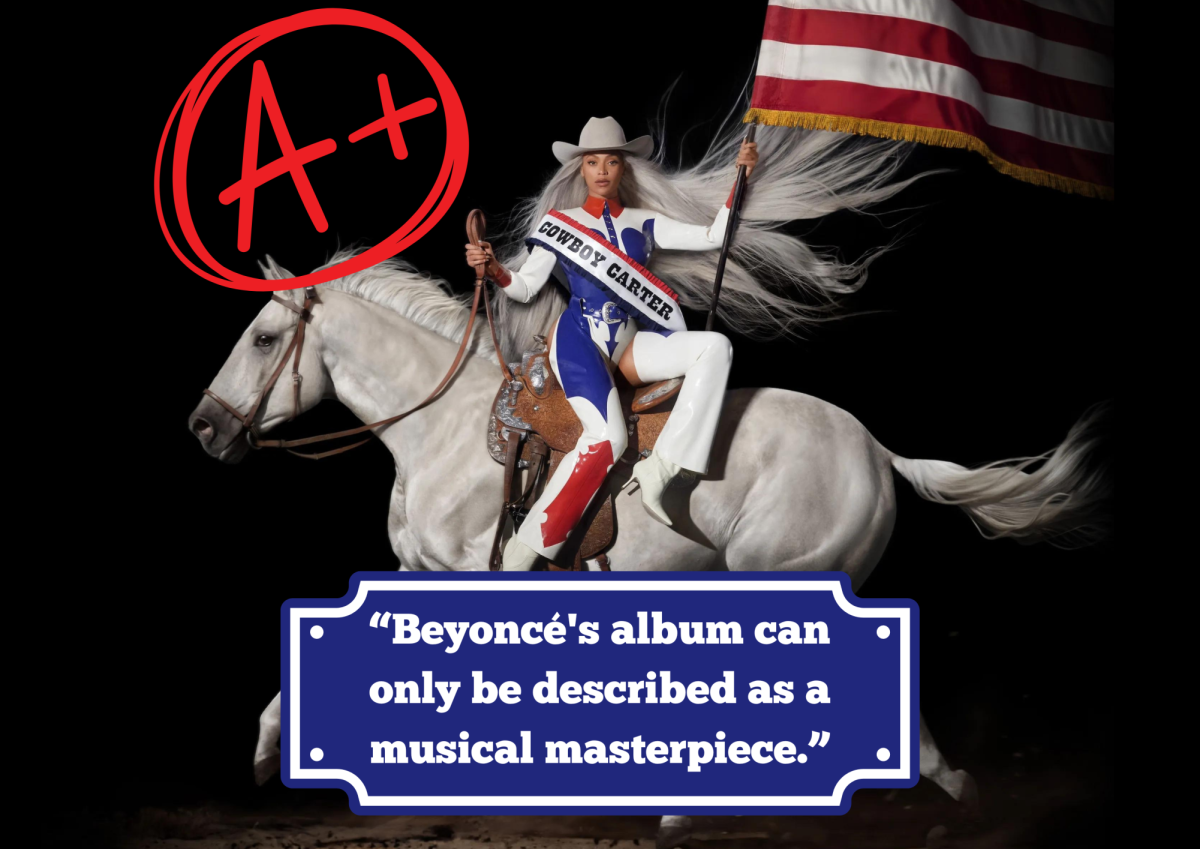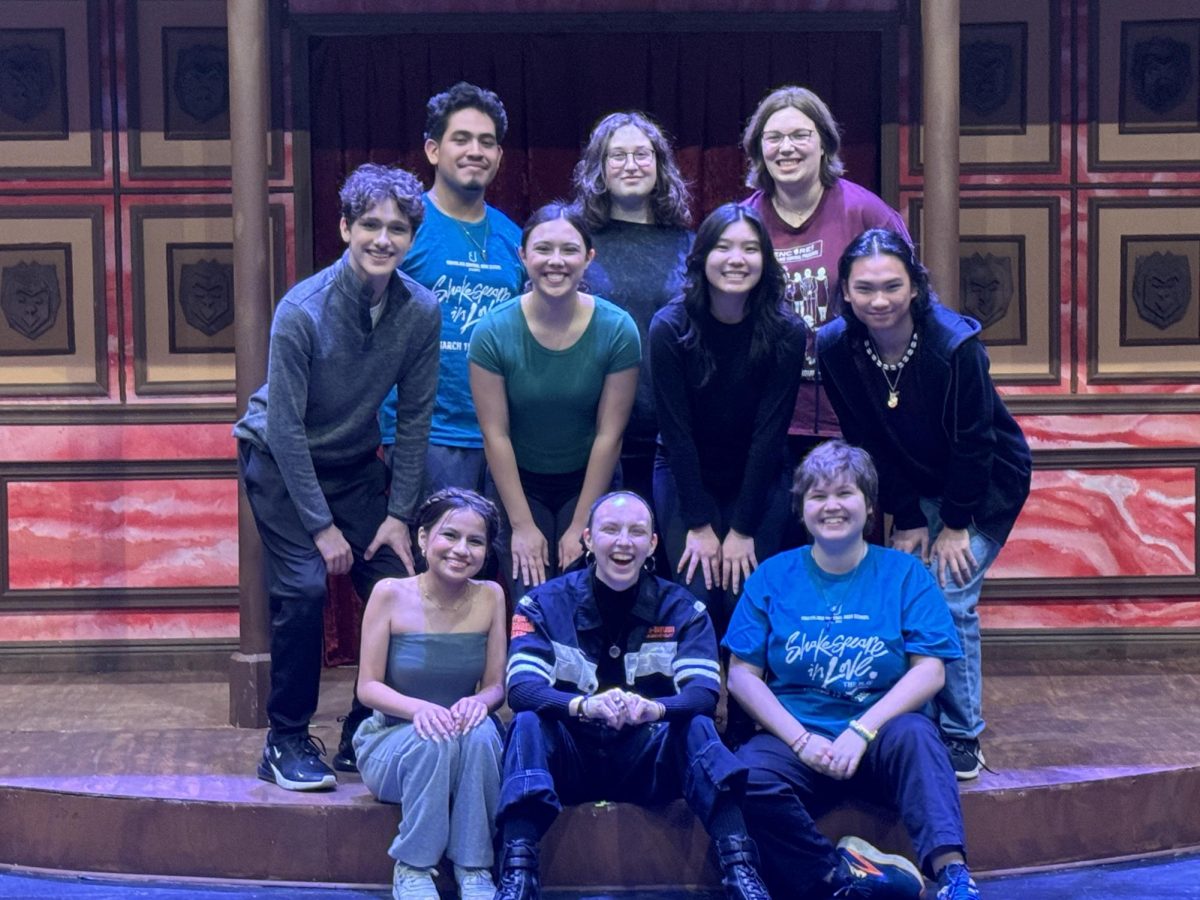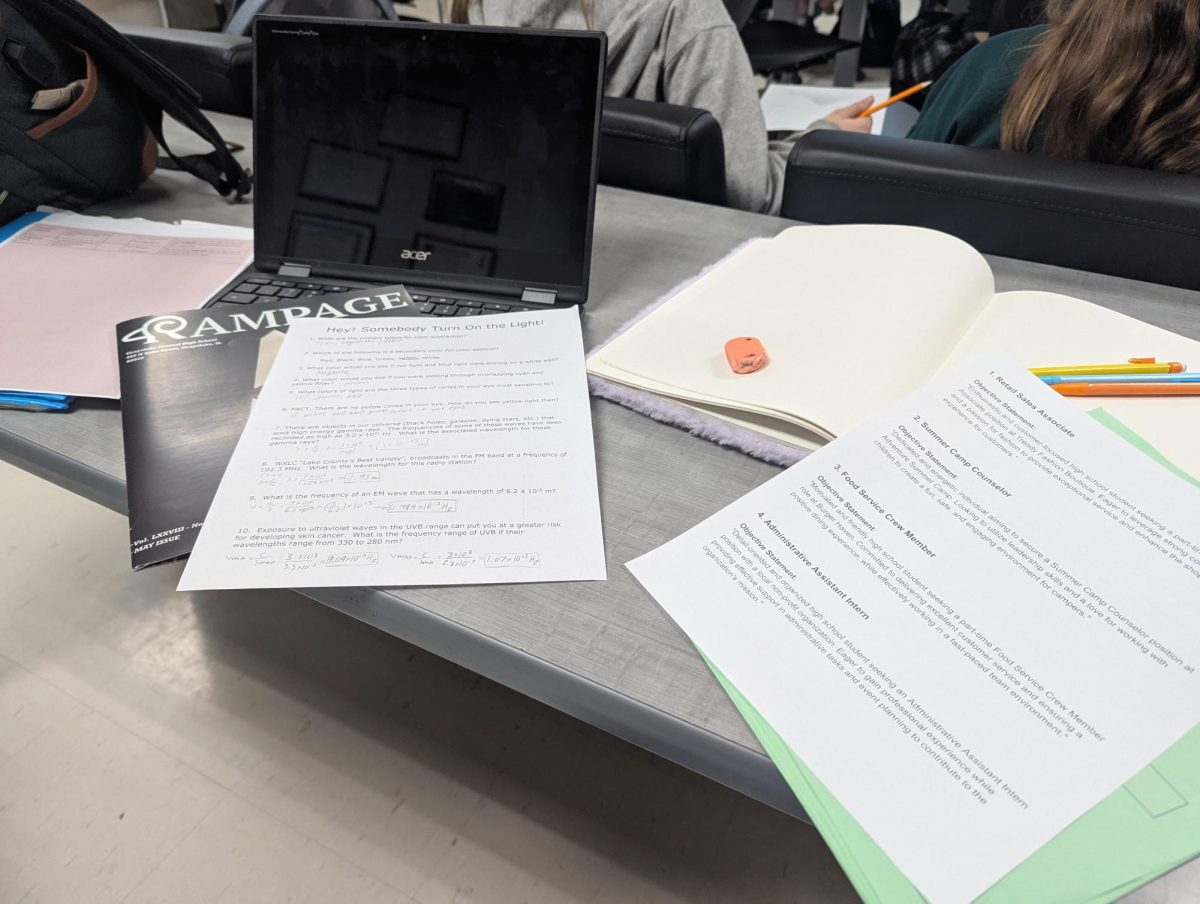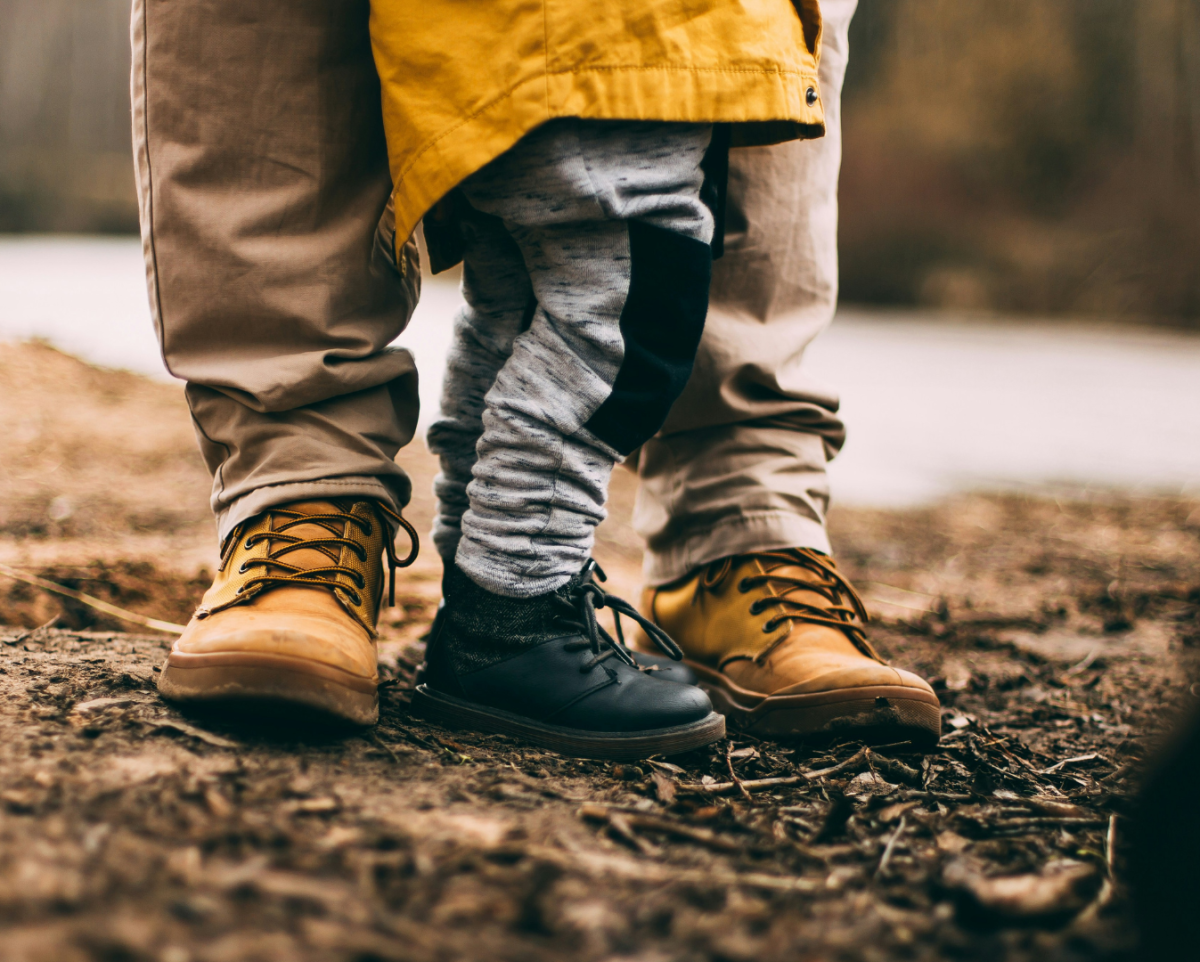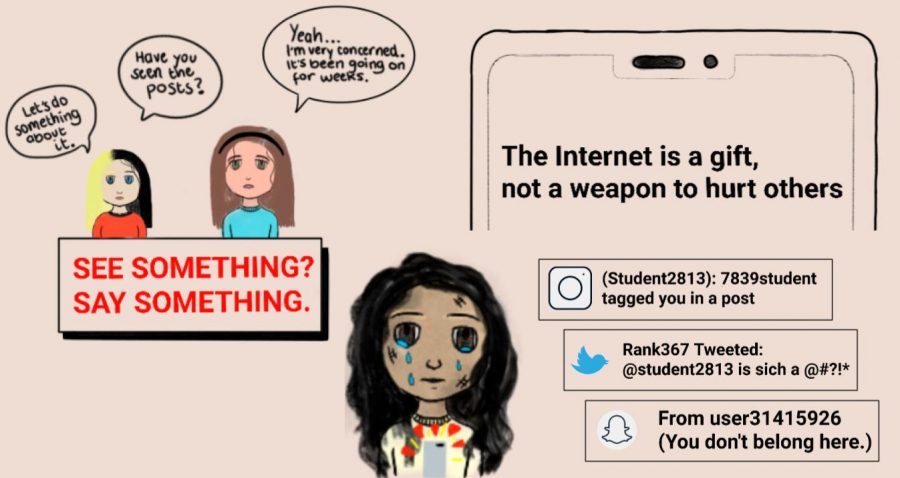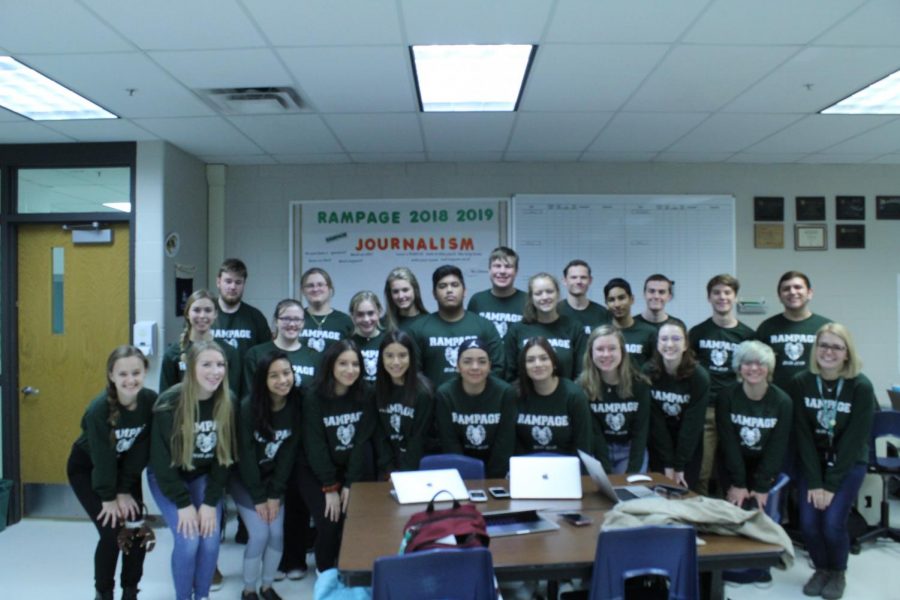Blending into the 21st century.
December 18, 2018
Starting second semester, Web Development taught by Meghan Lynn, will be offered in a learning style called Blended Learning. In the Blended Learning learning model, students learn part online and partly in traditional classrooms. Based on the day and schedule, students can decide where to spend their time.
In January, when the Web Development class will begin, it will be treated as a pilot class. A pilot class is an experimental class that is monitored by administrators to track its progress and introduction into the school. Barb Georges, Assistant Principal of Curriculum and Instruction, will regularly meet with Lynn and students to receive feedback.
In the Blended Learning model, there are “blended in” and “blended out” days.
“If its an ‘in’ day you might be doing… [small] group instruction with your teacher…or maybe it’s you need a little bit more help in a certain area, and so that’s your time to get that help,” said Lynn. During “blended out” days, students have the option of working inside the classroom with the teacher, in the annex cafe, library, or in chairs that exist outside the administrative offices. The purpose of the varied locations is find out which environment students prefer during their “blended out” time. The annex cafe represents a collaborative, supervised area; the library represents a supervised, but quiet area; the hallway is representative of an unsupervised area with limited ability to collaborate or talk.
Students who want to spend more time with the teacher can, while other students may choose to pick the location, focus, and develop technological skills. Blended learning has many positives; It frees up time for one-on-one attention and allows students to choose when they need help and when they need to work.“[Blended Learning] gives students a way to drive their own learning… its a combination between of in class and online…learning on your own speed, on your own terms, at your own pace” said Lynn.
Michelle Burgett, who teaches human anatomy and physiology, is currently working on a master’s degree in Blended Learning at Concordia University, so she can become more knowledge before practicing Blended Learning as well.
“For my Human A&P course, I envision students having the flexibility to complete work at their own pace and at times in alternate locations. I like the idea of having small groups come in to perform dissections and other labs, so I can get more purposeful one-on-one time with students,” said Burgett. Blended learning also incorporates more technology.
“The students that are entering high school now are digital natives. You guys learn differently. You are far more comfortable with computers. You are far more comfortable with online collaboration. You are a new generation of learners. We just can’t keep teaching you the same way,” said Georges.
“Through the first two courses I have taken, I have learned more about different technology tools out there that can be used in a blended classroom. Through my classmates in the courses, I have had the opportunity to see what types of tools teachers in other districts use which has been very helpful,” said Burgett.
Students developing time management skills allows teachers to infuse technology into the curriculum, which educators call “21st century skills”. In a more technology focused generation, technological literacy is essential to succeed in a career.
While there are many benefits to Blended Learning, GCHS is in the process of smoothing out some logistical issues with Blended Learning. Georges, who is at the forefront of integrating this learning model, noted struggles of incorporating Blended Learning, including limited open areas and the logistics of tracking students’ attendance.
Regardless, Blended Learning is an opportunity for students who want more freedom and choice in their learning and a step towards real workforce preparation where time management and initiative is key.
